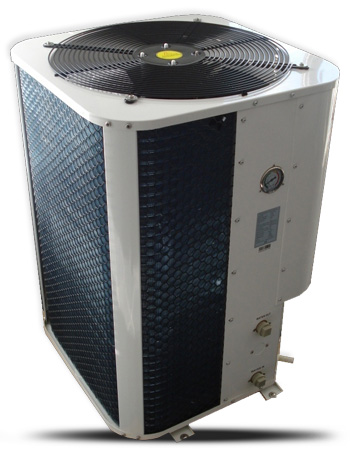Commerical Heat Pumps For Mpumalanga
Power & Energy Solutions is a premier provider of ITS commercial heat pumps and commercial heat pump systems for Mpumalanga. Our professional team of experts handle every aspect of your heat pump needs including supply, installation and service of the units. Below we have highlighted everything you need to know about ITS commercial heat pumps:
 Commercial Heat Pump Sector Usage:
Commercial Heat Pump Sector Usage:
Industrial & Commercial heating applications are endless. Anywhere where heat is being generated using either wood, coal, gas or electricity the installation of a heat pump will result in a drastic saving. On existing electrical boilers a heat pump will not only drastically reduce the power consumption but also drastically reduce the peak demand saving you even more and freeing up valuable power capacity.
Hotels, holiday resorts and hospitals
University, technical college and school residences
Retirement homes, sport clubs, prisons
Specific Application of Heat Pumps:
- Cleaning
- Drying
- Evaporation
- Pasteurisation and sterilisation
- Preheating boiler feed
- Heating of production halls
- Solar cooling
Example of a Hotels Hot Water Usage:
To simplify the results will be shown for hotels having maximum occupancies of 100, 200 and 300 people respectively. Each has occupancies that vary on a day-to-day basis, but with an annual average occupancy of 65%. Typical hot water consumption patterns and figures have been obtained from previous studies funded by ESKOM DSM research [8]. Daily consumption varies between 78 litre at 60°C per person in summer and 110 litre at 60°C per person in winter.
The normal electrical elements typically found in centralized installations is usually sized according to ASHRAE principles.
Typical ASHRAE design guideline calculates heating capacity as 0.7kW/person, and 60 litres storage capacity per person.
The heat pump capacity is calculated according to previous studies as a function of average occupancy and available storage capacity.
As is evident the heat pumps provide significant energy savings when compared to the conventional ASHRAE specified electrical heating system. Energy consumption is reduced by 60% on average. In addition, the installation of heat pumps allows the MD contribution of the water heating system to be reduced significantly as well. This is achieved mainly by reducing the total electrical capacity of the water heating system. Heat pumps only utilize about 33% of the electrical power needed to drive a similar electrical heater, and utilize only a fraction of the electrical heating system for backup heating.
The dataindicates the payback period calculated using typical installation cost estimates and the calculated energy savings (kWh) and MD savings. Estimated costs used were 24c/kWh and R60/kVA (per month)
It is clear that retrofitting a centralized water heating system at a hotel with heat pumps provide a competitive payback period which improves with an increase in occupancy capacity of a hotel.
It is also shown only given an average indication of economic returns on such an installation. Several factors can influence the eventual payback period, such as:
Average occupancy. If the average occupancy is lower than 67%, the cost savings can be reduced, leading to longer payback periods. If average occupancy is however higher as found at many hotels, the savings are optimized and payback periods can be shorter.
Ease of installation. Due to potential noise and visual intrusion it is sometimes required to install heat pumps on the roof of a hotel. This has been included in the cost estimates. If roof placement is not required, the cost of installation and rigging can therefore be reduced, leading to improved payback periods.
The available storage capacity. Due to very high morning (07:00-10:00) peak hot water consumption at hotels, insufficient storage capacity can impact negatively on savings and payback periods.
Interested in a heat pump?
Click the button below to fill out a heat pump enquiry:
